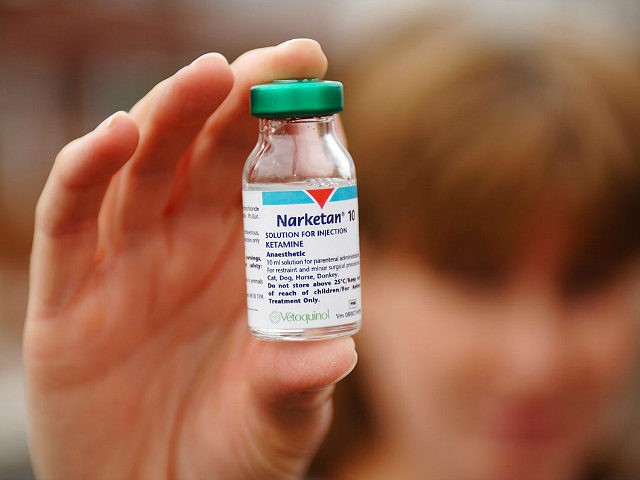The infamous “club drug” ketamine may provide the key to helping people living on the edge of self-destruction.
Every day, it seems more likely that ketamine may find its purpose in saving the lives of the mortally desperate. A recent study by Janssen Research and Development suggests that when offered to those experiencing severe suicidal thoughts, the party drug is a chemical ray of hope.
Published in The American Journal of Psychiatry on Monday, April 16th, Janssen Research and Development and Janssen Scientific Affairs — located in Titusville, New Jersey, and San Diego — and the Yale School of Medicine in New Haven, Connecticut, found “a significant improvement in depression scores and decreased suicidal ideation in the esketamine group compared to the placebo group at four hours and at 24 hours,” according to Science Daily.
Sixty-eight patients admitted to hospital emergency rooms for thoughts of suicide were treated with either an experimental ketamine nasal spray or a placebo. “They had to be at imminent risk. Not only were they thinking about suicide they were thinking about acting on those thoughts,” Janssen’s Dr. Carla Canuso said. “Sixty percent of the patients in the study had made an attempt. These were high-risk patients.”
The results were as decisive as they were immediate. Within four hours, 34 percent of the patients given the “esketamine” nasal spray no longer had suicidal thoughts. While 55 percent of the placebo patients still said they thought they were “probably better off dead” once treatment was completed, only 26 percent of those who received the ketamine spray agreed.
Over the next four weeks, all patients received treatment for their suicidal depression, while half continued to receive doses of ketamine twice a week. Twenty-five days after the treatment began, 77 percent of those treated with ketamine reported that they now “enjoy life or take it as it comes.” Only 58 percent of those treated with more traditional antidepressants were able to say the same.
Of course, these results assume ongoing treatment, and there are risk factors to be considered. According to journal editor Dr. Robert Freedman, “The failure to demonstrate longer-term benefits raises questions about the risk versus the benefit of long-term use.” Further, there are side effects to consider. Patients reported a bad taste in their mouth, nausea, and feelings of dissociation.
But none of these concerns outweighs the potential of having an emergency solution available when people are at their most vulnerable. “The goal of treatment would be to have treatment that works rapidly but also bridges the gap to the time that a standard antidepressant works,” Dr. Canuso said. “There is no approved treatment for patients in suicidal crisis right now. What we normally do with these patients is put them on standard antidepressants and hospitalize them.”
With the ever-present specter of America’s opioid epidemic looming large in the minds of medical researchers and health professionals, great care will need to be taken to make sure this remedy does not become part of a greater problem. Still, the research holds life-saving promise. For those who love the nearly 45,000 Americans per year who take their own lives, it is well worth the risk.

COMMENTS
Please let us know if you're having issues with commenting.